Abstract
The autoshaping procedure confounds the effects of pairing a keylight and food with the effect of adventitious food reinforcement of responses that typically occur before the pecking response. In Experiment I, acquisition of the orientation to the key, the approach toward the key, and the peck at the key were systematically monitored. Orientations to the key and approaches toward the key frequently occurred in contiguity with food presentation before peck acquisition. In Experiment II, a negative contingency procedure was used to assess the sensitivity of the approach toward the key to its consequences. When the approach toward the key resulted in nonreinforcement, the probability of occurrence of that response decreased to zero despite repeated light-food pairings. In Experiment III, peck probability was shown to be determined during the approach toward the key by the presence of stimuli that had previously been either paired or nonpaired with food. In Experiment IV, it was shown that the effects of the stimulus present during the approach toward the key were not due solely to the effects of pairing that stimulus with food. Autoshaped key pecking appears to be determined by the interacting effects of stimulus-reinforcer and response-reinforcer variables upon orientations to, approaches toward, and pecks at the lighted key.
Full text
PDF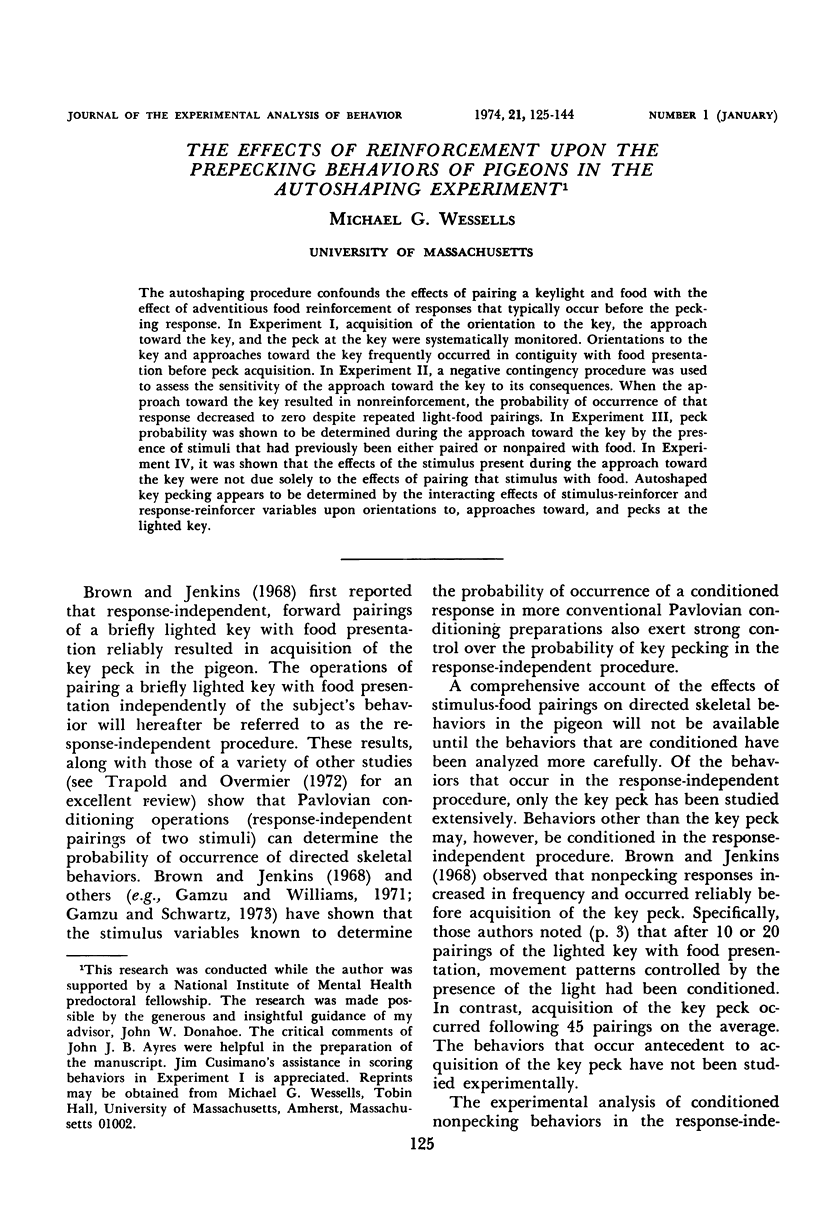
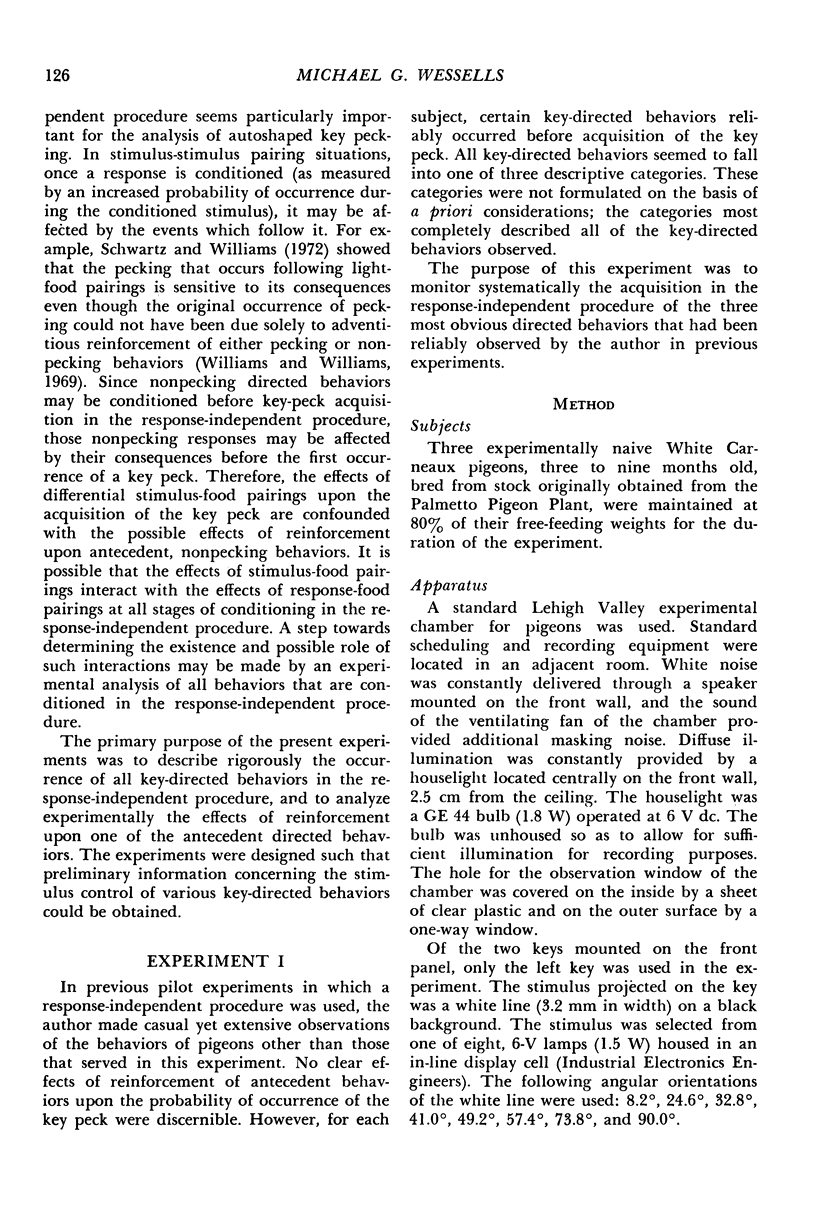
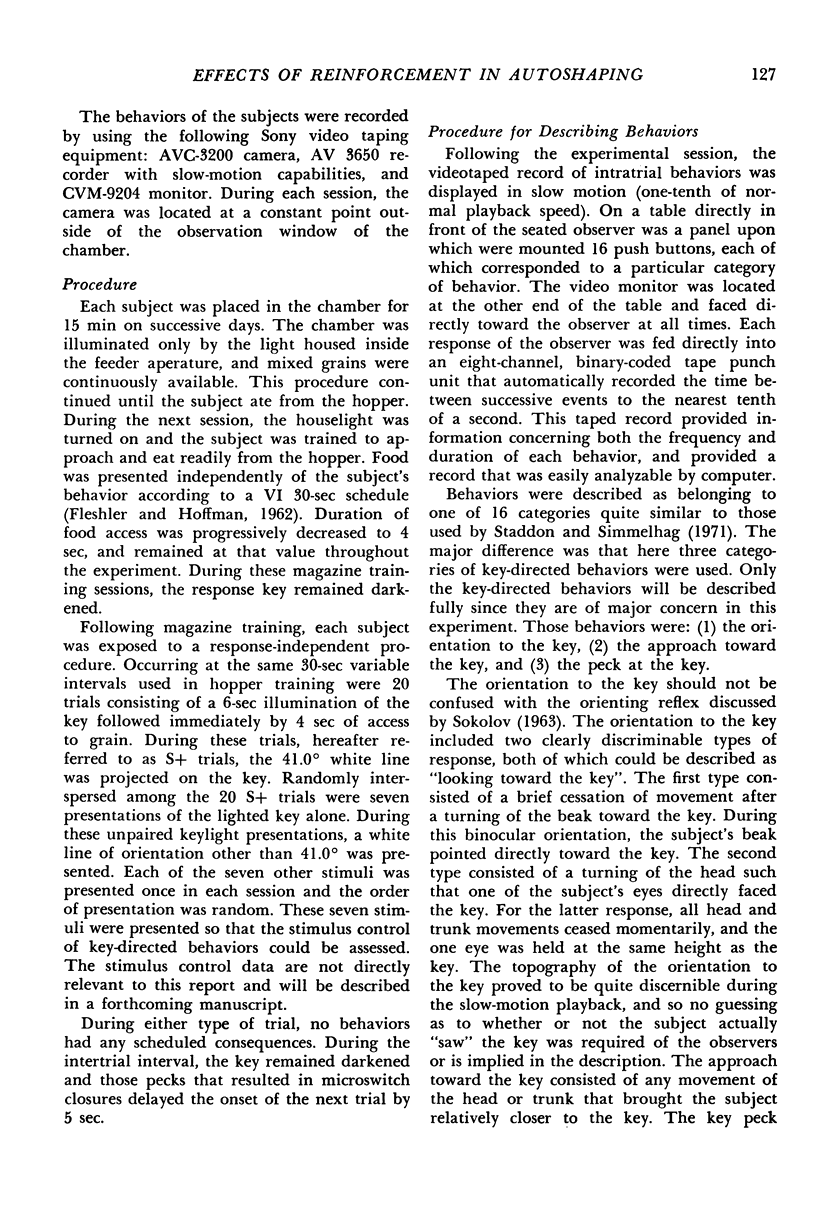
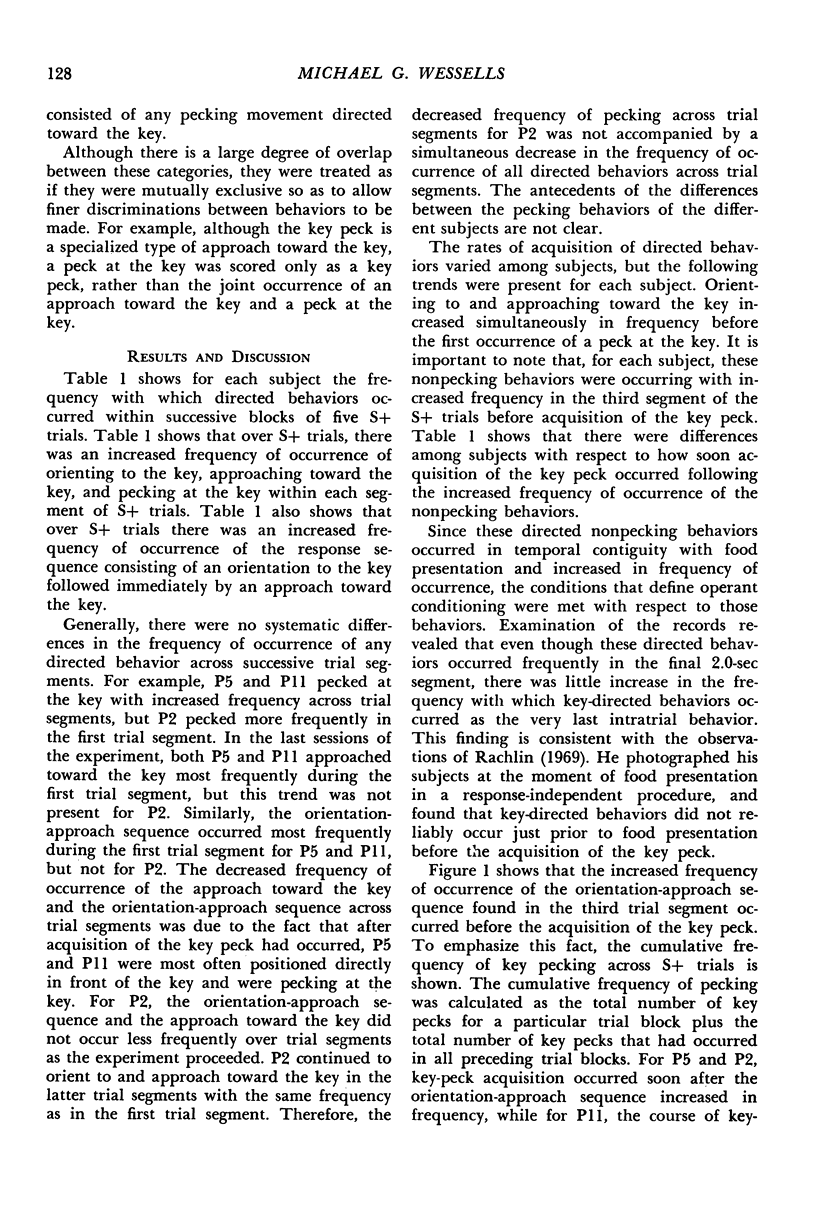
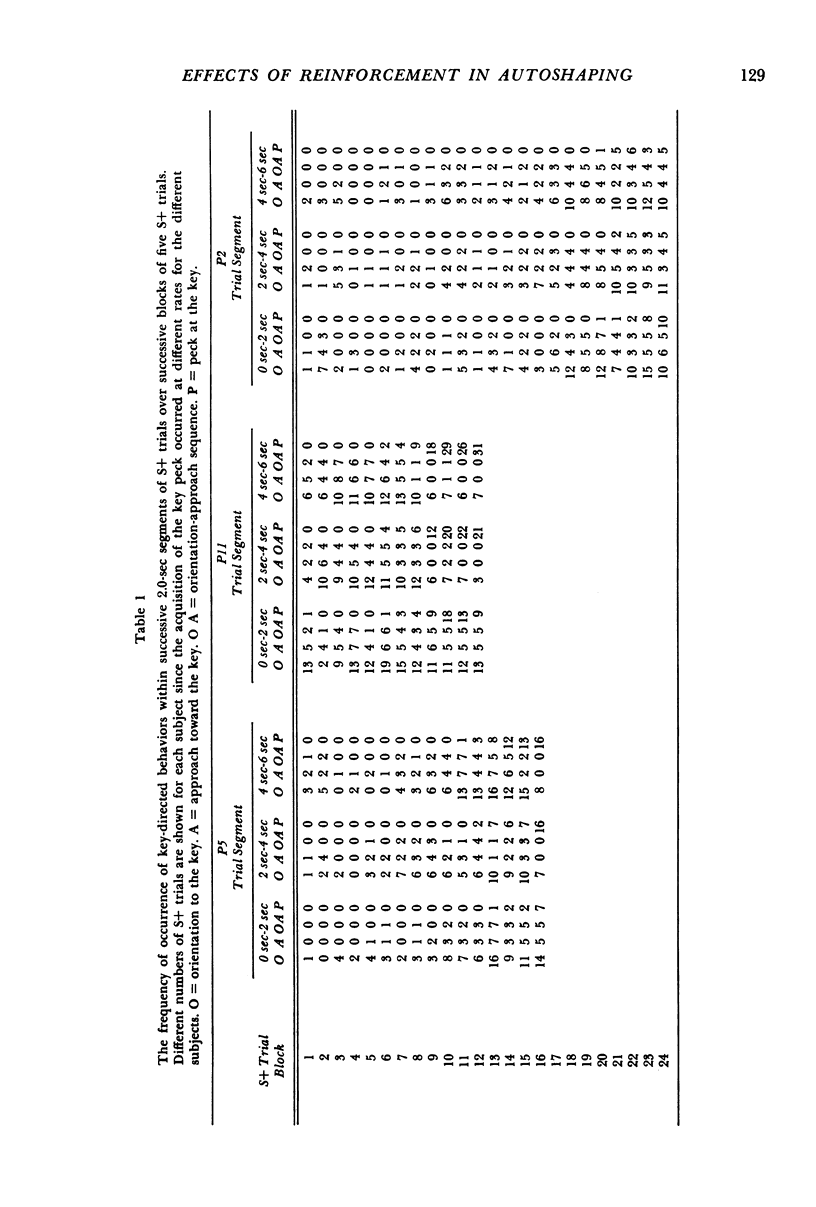
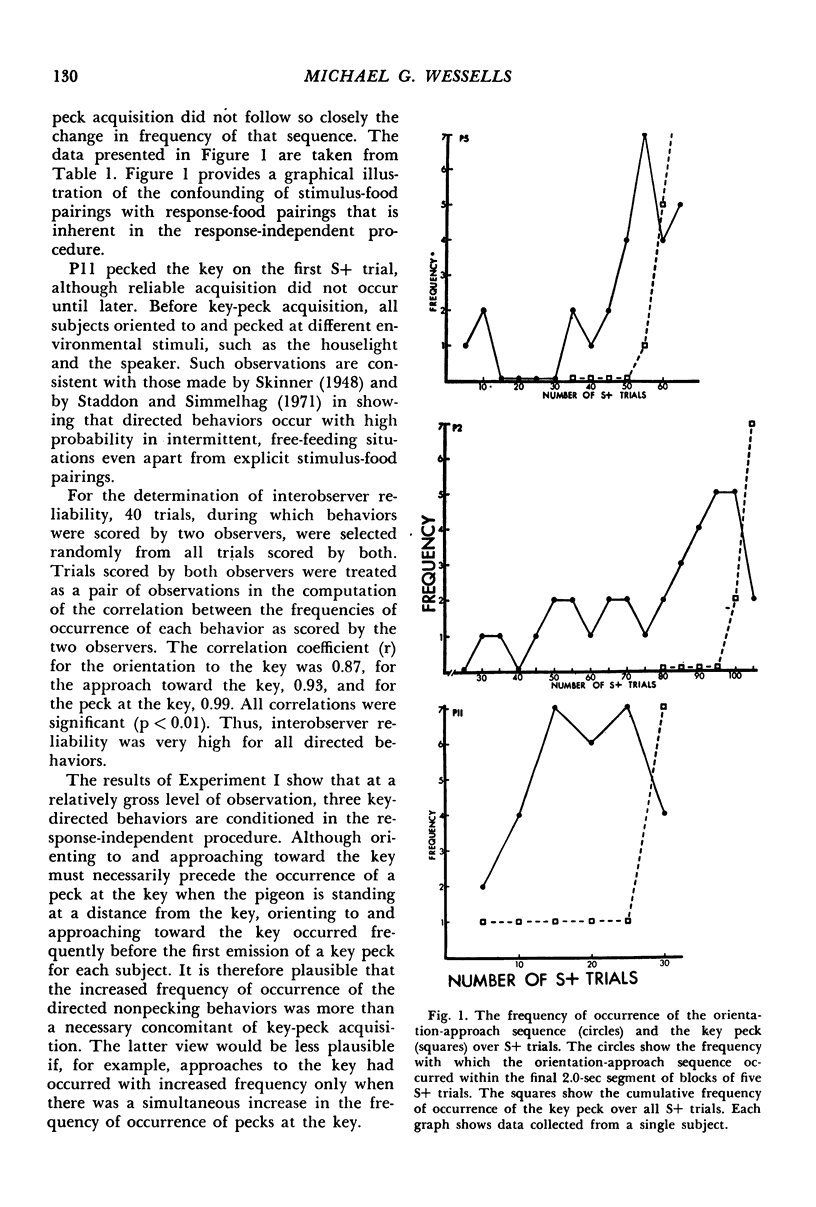
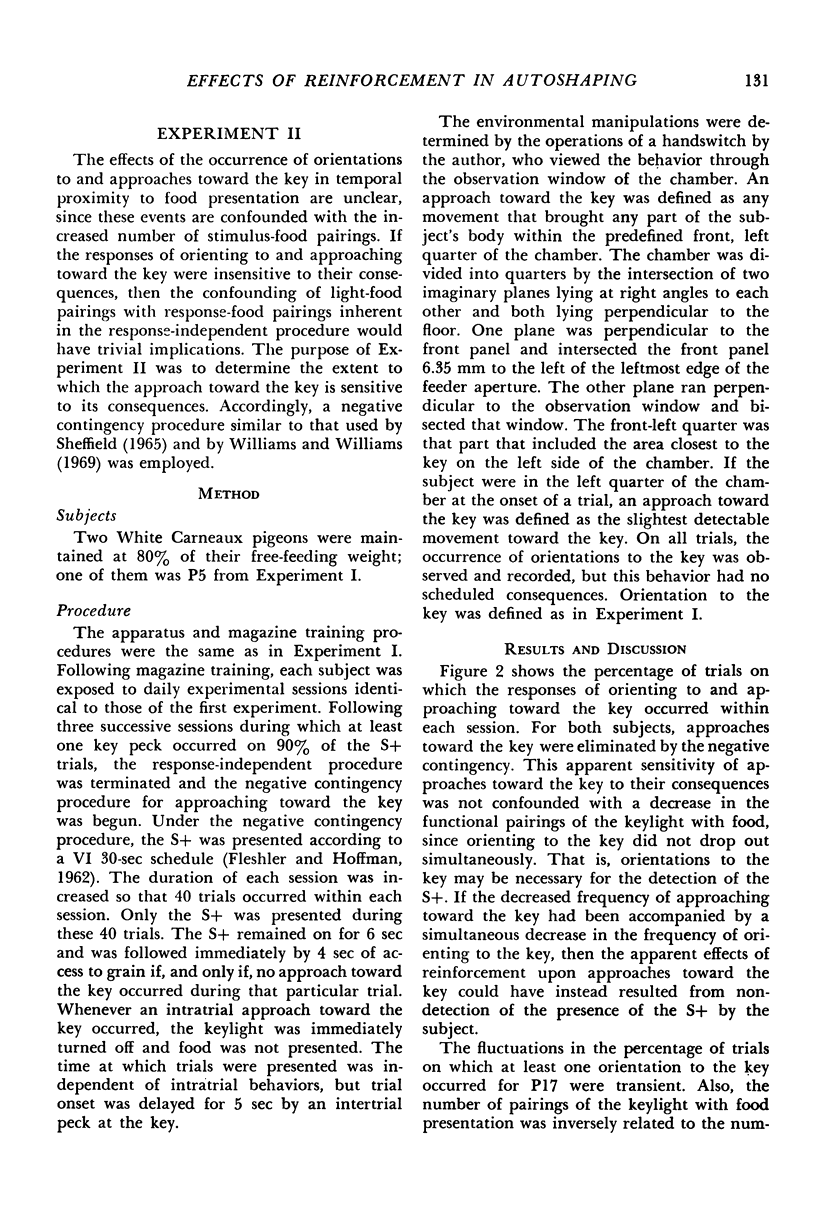
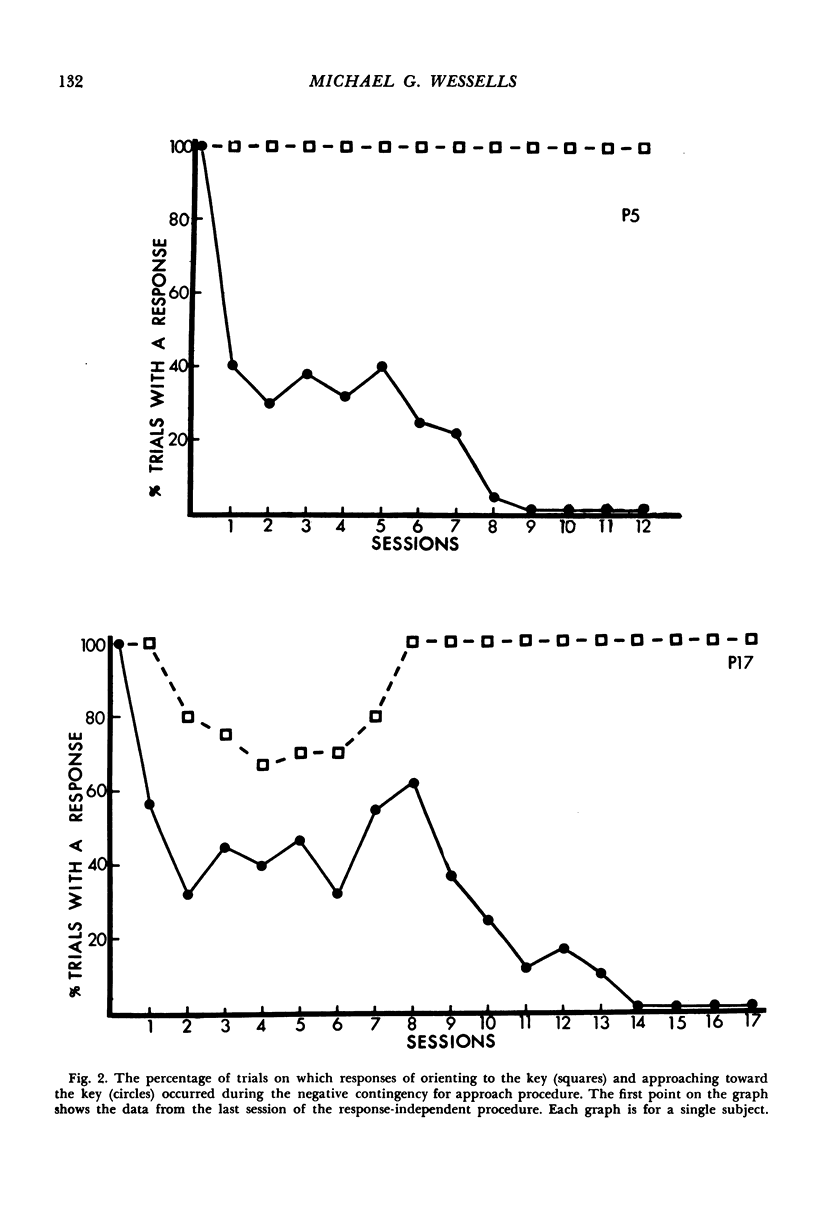
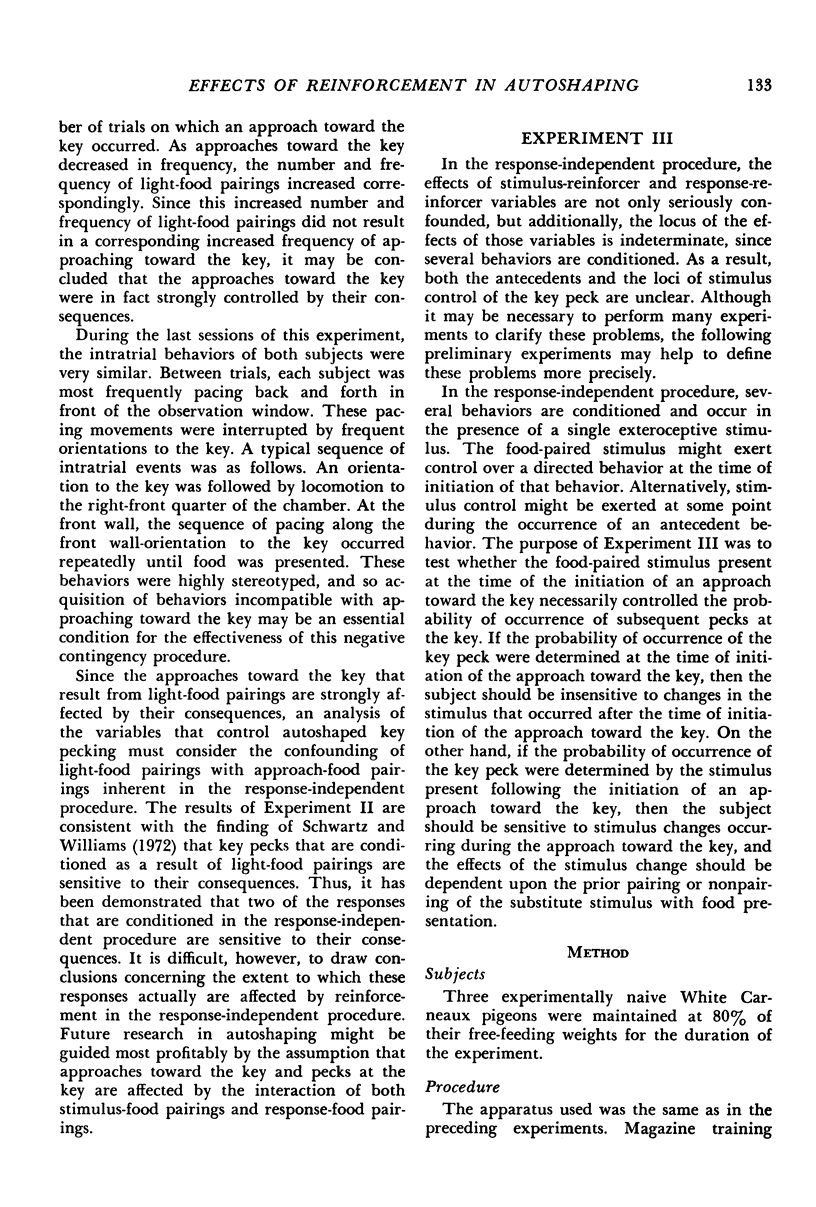

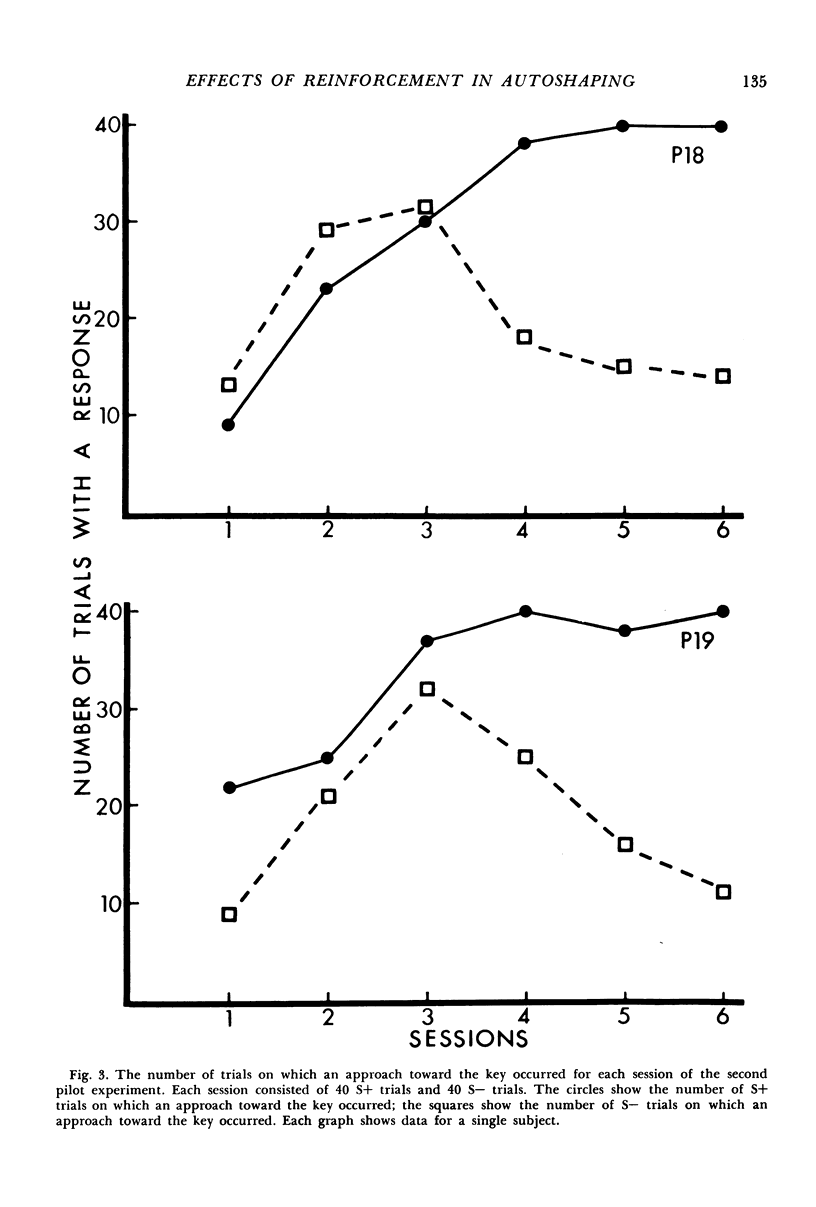
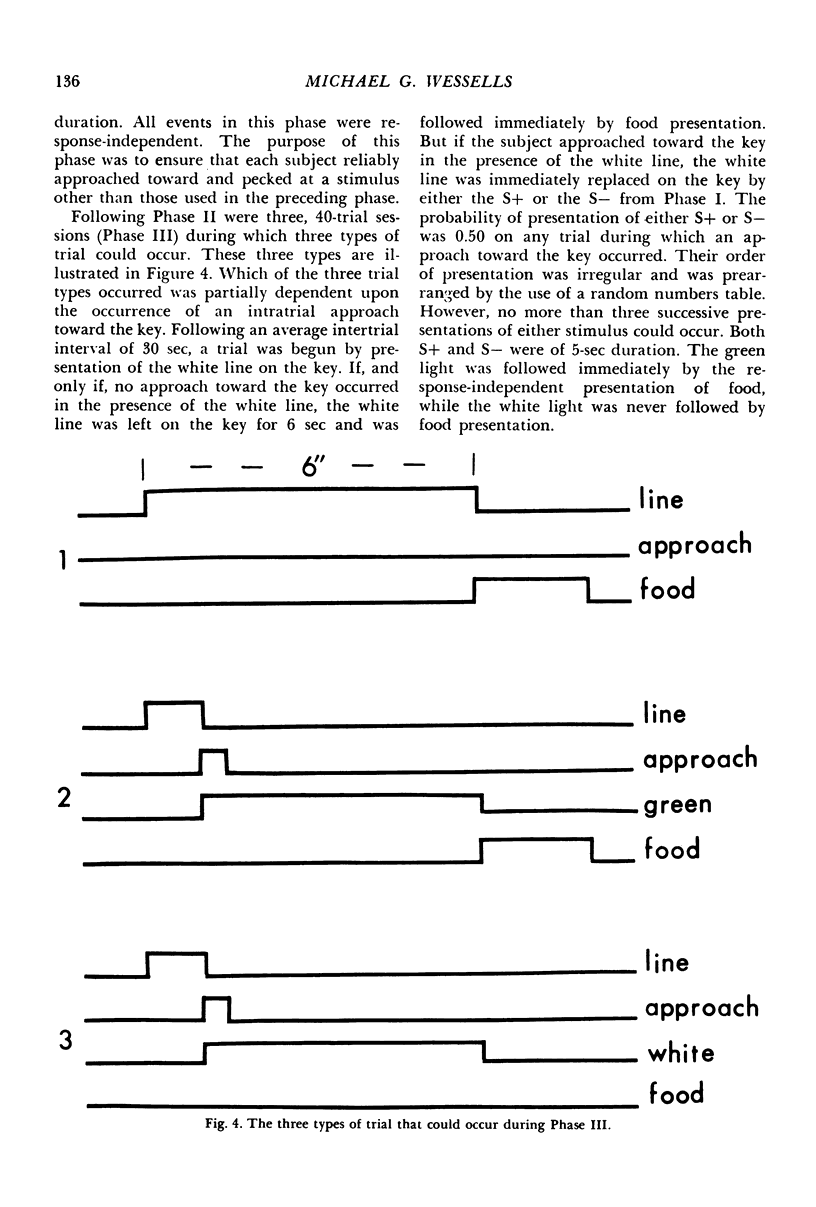
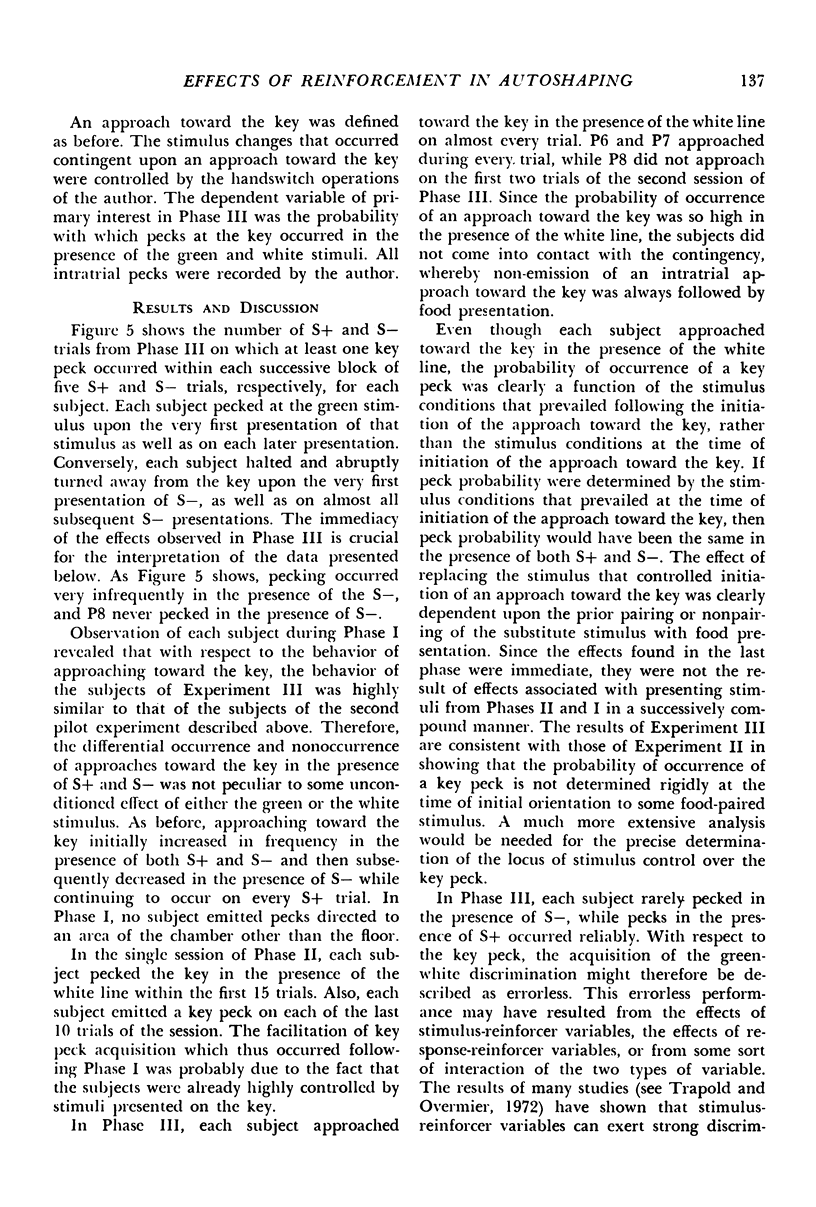
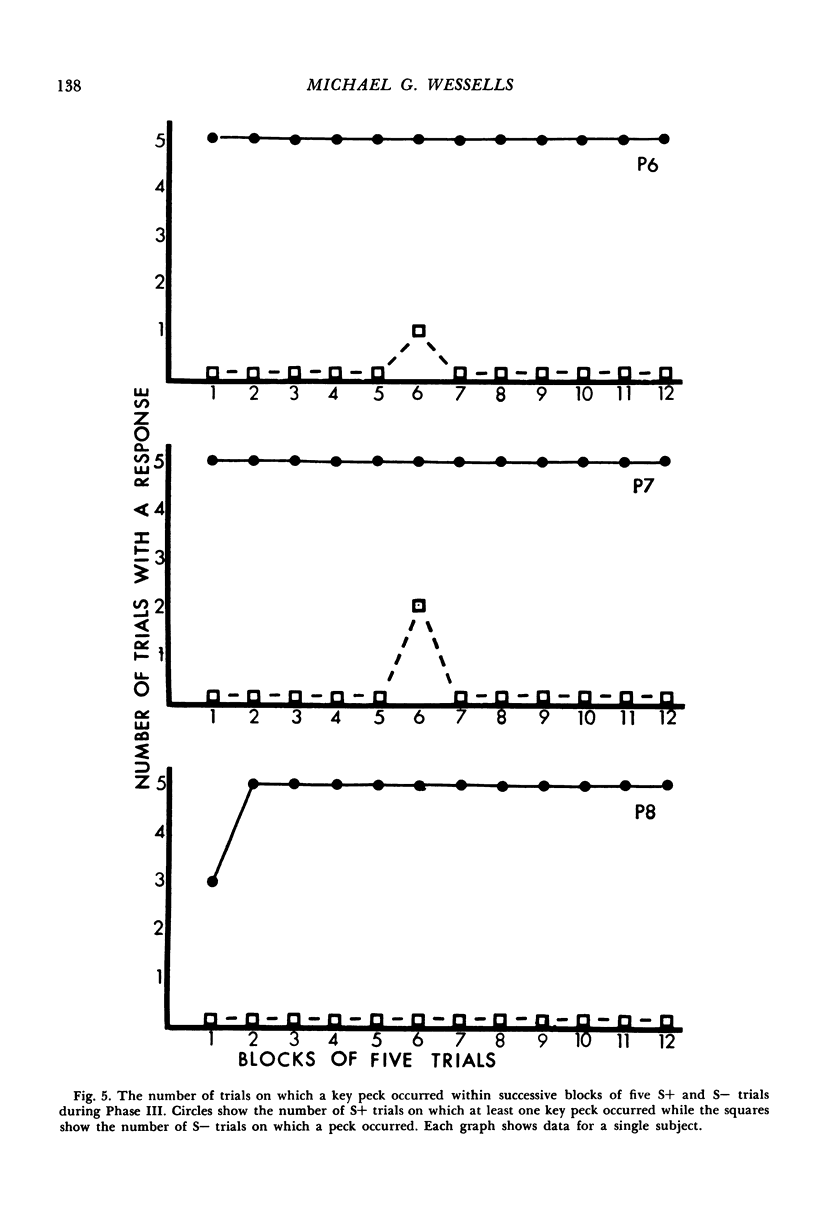
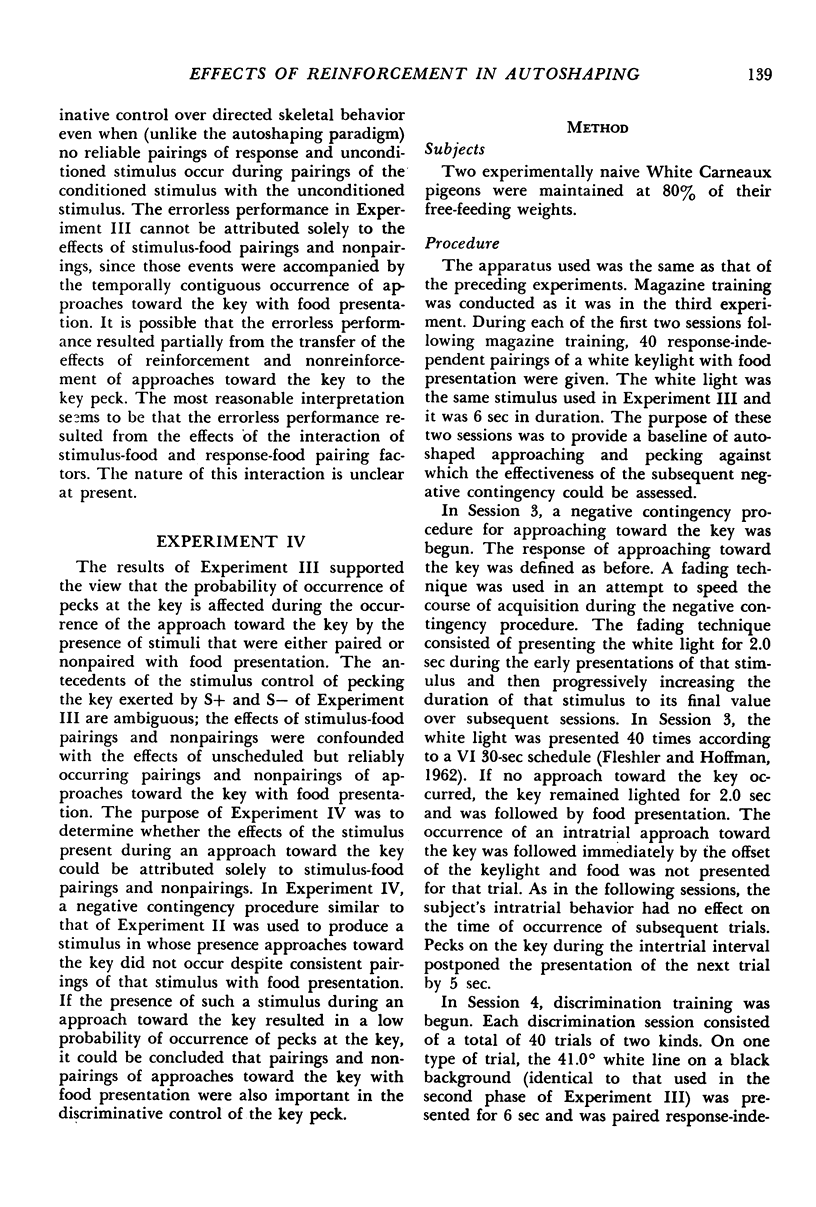
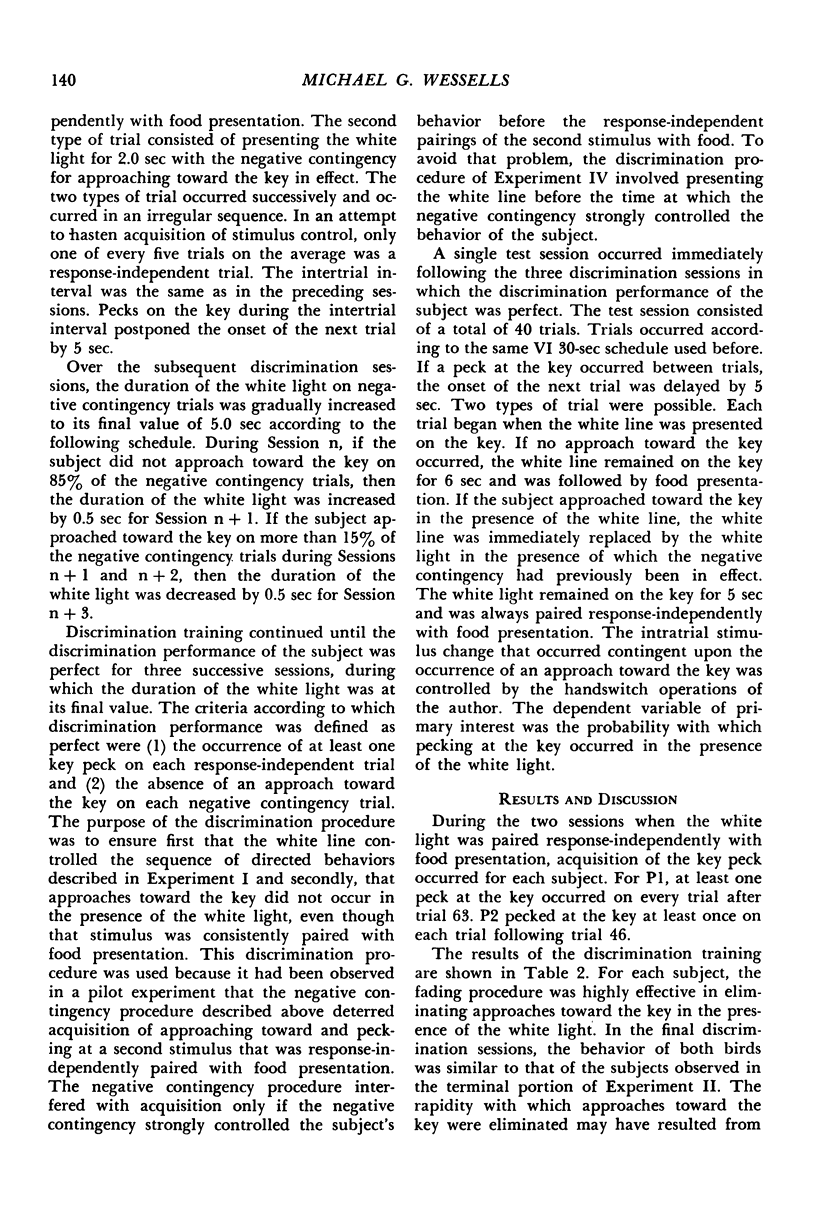

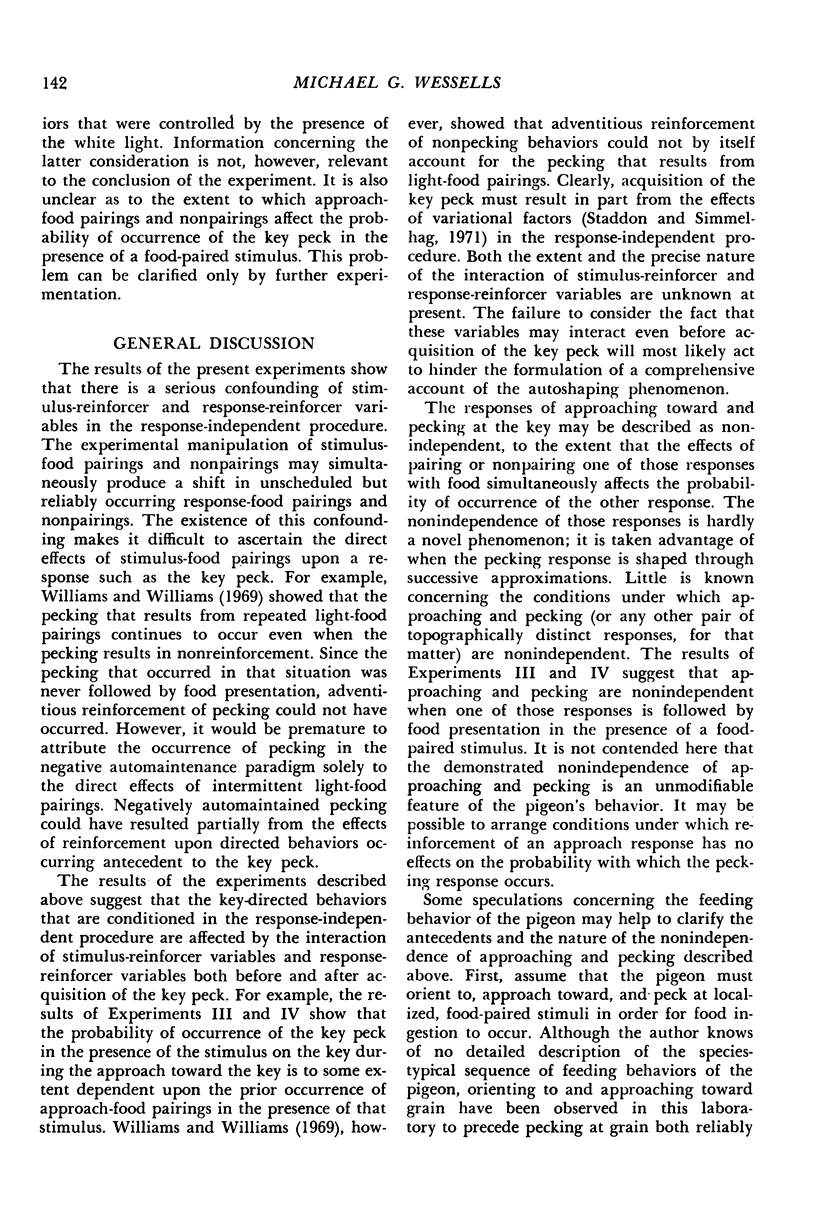
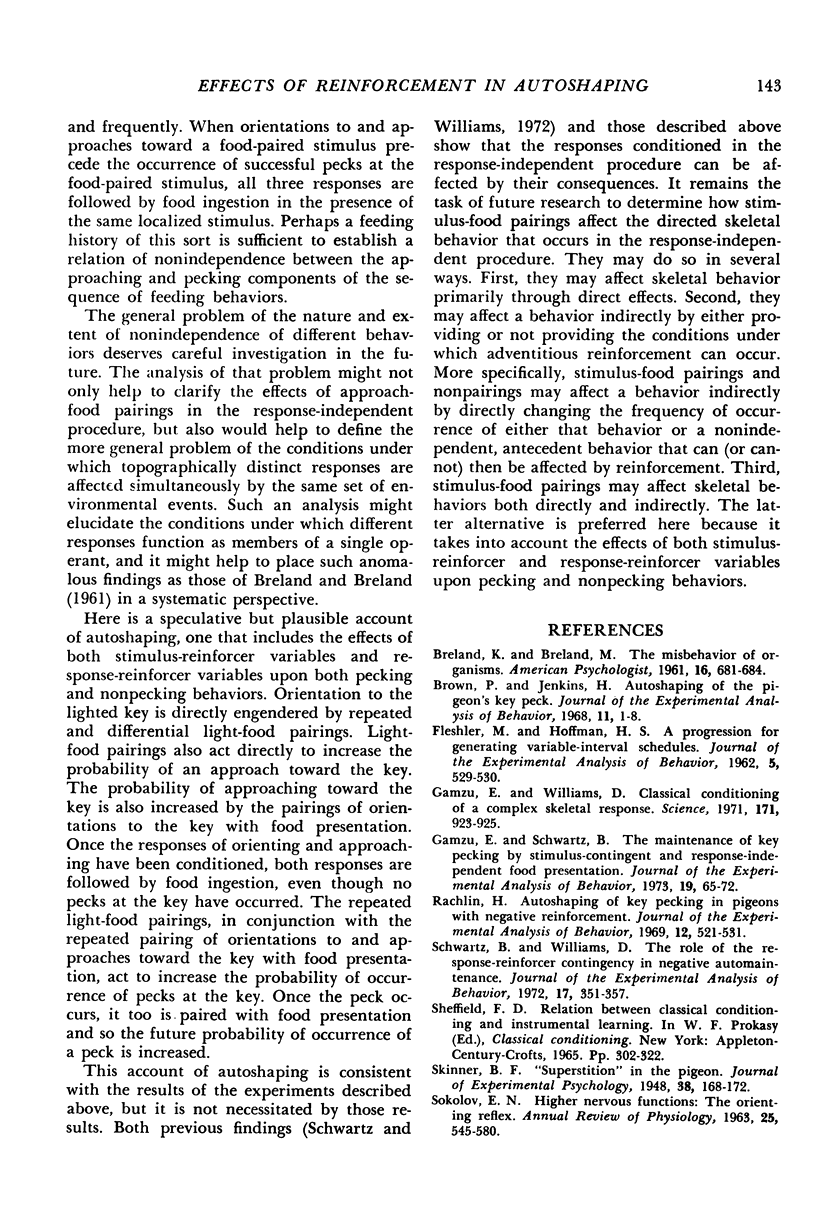
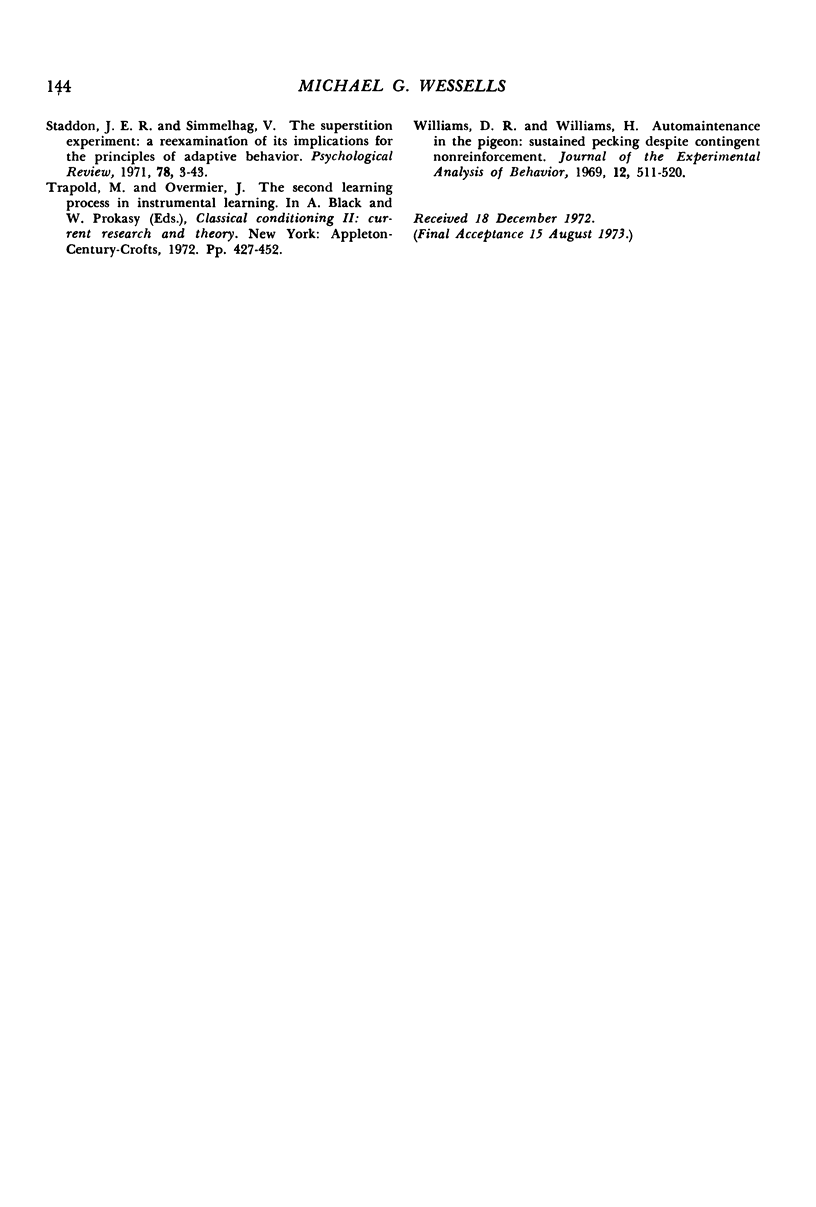
Selected References
These references are in PubMed. This may not be the complete list of references from this article.
- Brown P. L., Jenkins H. M. Auto-shaping of the pigeon's key-peck. J Exp Anal Behav. 1968 Jan;11(1):1–8. doi: 10.1901/jeab.1968.11-1. [DOI] [PMC free article] [PubMed] [Google Scholar]
- FLESHLER M., HOFFMAN H. S. A progression for generating variable-interval schedules. J Exp Anal Behav. 1962 Oct;5:529–530. doi: 10.1901/jeab.1962.5-529. [DOI] [PMC free article] [PubMed] [Google Scholar]
- Gamzu E., Schwartz B. The maintenance of key pecking by stimulus-contingent and response-independent food presentation. J Exp Anal Behav. 1973 Jan;19(1):65–72. doi: 10.1901/jeab.1973.19-65. [DOI] [PMC free article] [PubMed] [Google Scholar]
- Gamzu E., Williams D. R. Classical conditioning of a complex skeletal response. Science. 1971 Mar 5;171(3974):923–925. doi: 10.1126/science.171.3974.923. [DOI] [PubMed] [Google Scholar]
- Rachlin H. Autoshaping of key pecking in pigeons with negative reinforcement. J Exp Anal Behav. 1969 Jul;12(4):521–531. doi: 10.1901/jeab.1969.12-521. [DOI] [PMC free article] [PubMed] [Google Scholar]
- SOKOLOV E. N. Higher nervous functions; the orienting reflex. Annu Rev Physiol. 1963;25:545–580. doi: 10.1146/annurev.ph.25.030163.002553. [DOI] [PubMed] [Google Scholar]
- Schwartz B., Williams D. R. The role of the response-reinforcer contingency in negative automaintenance. J Exp Anal Behav. 1972 May;17(3):351–357. doi: 10.1901/jeab.1972.17-351. [DOI] [PMC free article] [PubMed] [Google Scholar]
- Williams D. R., Williams H. Auto-maintenance in the pigeon: sustained pecking despite contingent non-reinforcement. J Exp Anal Behav. 1969 Jul;12(4):511–520. doi: 10.1901/jeab.1969.12-511. [DOI] [PMC free article] [PubMed] [Google Scholar]


